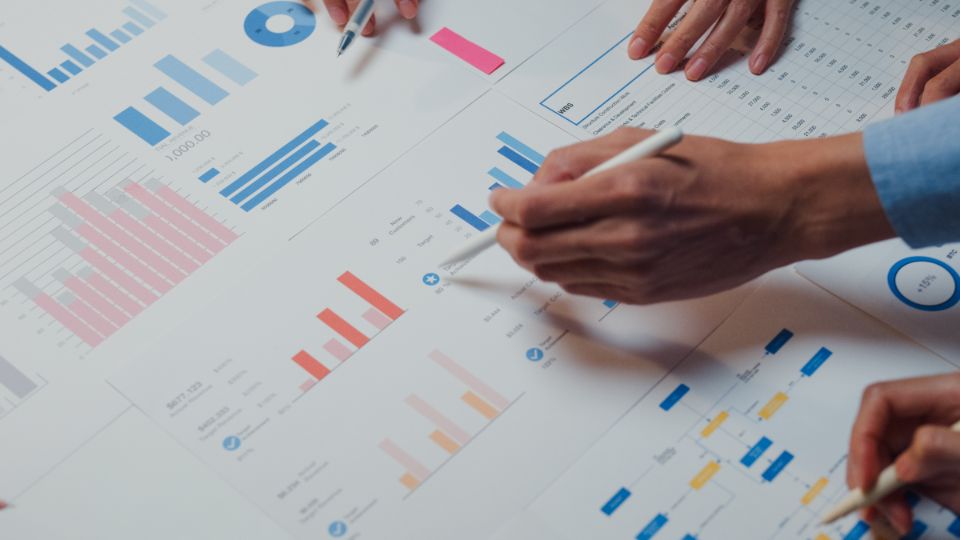How Do Gantt Charts Improve Project Visualization in Software?
Gantt charts have become a powerful tool for project managers, offering a clear and visual way to track tasks, timelines, and project progress. In software development, where deadlines and team coordination are critical, Gantt charts significantly improve project visualization. This article explores how Gantt charts enhance project management and contribute to better decision-making and efficiency.
1. Visualizing Project Timelines
A Gantt chart allows project managers to visually map out the entire project timeline. With tasks represented by bars along a timeline, it becomes easy to see the start and end dates of each task as well as their duration. This visual format helps teams quickly understand the overall project schedule and identify potential delays or overlapping tasks. By providing a clear visual representation, Gantt charts improve project timeline management and ensure deadlines are met.
2. Improving Task Dependencies and Sequencing
One of the key features of Gantt charts is their ability to showcase task dependencies. These dependencies illustrate how one task is reliant on the completion of another before it can begin. By visualizing these relationships, Gantt charts allow project managers to see the order of operations and avoid bottlenecks. For software development projects, this is especially useful in managing tasks like coding, testing, and deployment, where sequencing is crucial for smooth project execution.
3. Enhancing Resource Allocation
Gantt charts also improve project visualization by showing which resources are assigned to each task. This helps managers avoid overloading individual team members and ensures resources are allocated efficiently across the project. With the ability to view tasks and resources in one place, project managers can quickly spot resource conflicts, make adjustments, and ensure that tasks are being handled by the right people at the right time.
4. Tracking Progress in Real-Time
Gantt charts provide a dynamic way to track progress. As tasks are completed, the corresponding bars on the Gantt chart can be updated to reflect the percentage of completion. This gives stakeholders an immediate understanding of where the project stands and whether it’s on track. For software development teams, being able to monitor progress in real-time helps identify issues early and keeps the project on schedule.
5. Facilitating Communication and Collaboration
Gantt charts serve as a central communication tool for teams, stakeholders, and clients. By visualizing key milestones and deadlines, they make it easier for everyone involved to understand the project’s status. This clarity fosters better collaboration, as team members can quickly see what tasks they need to focus on and when their contributions are due.
Conclusion
Gantt charts are an essential tool for improving project visualization in software development. By providing a visual timeline, highlighting task dependencies, optimizing resource allocation, and tracking progress, they help ensure that projects are completed on time and within scope. For software project managers, integrating Gantt charts into their workflow leads to more organized, transparent, and efficient project management.
